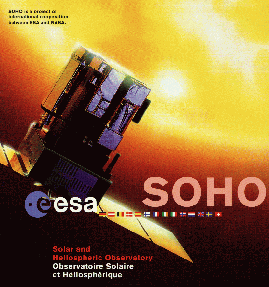A picture of one of the original SOHO posters.
Click on image for full size
Image courtesy of NASA
SOHO Mission Page
Do you know why your radio doesn't come in? Solar activity and solar wind, sometimes cause problems for us!
Scientists are trying to figure out solar events. The SOHO mission is one way we are working to find the the answers. The Solar and Heliospheric Observatory has been in space since 1995, giving scientists a lot of new information.
SOHO has 12 special instruments. They each have a purpose, and together they let scientists study the internal area of the Sun, its outer atmosphere and the origin of the solar wind.
The spacecraft has been through a lot since its launch. Scientists lost contact with the spacecraft for six weeks. Beeps that were sent out once every second finally regained contact with SOHO. It also has a weird orbit, so the planet never crosses in front of SOHO. This way the Sun can be watched at all times.
We have learned a lot from SOHO! It found tornadoes on the Sun's surface and went on a recent trip to the far side of the Sun, where it could see solar activity days before it would reach Earth.
You might also be interested in:
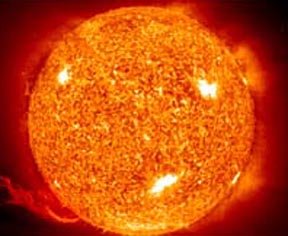
Scientists are using a new satellite to view the far side of the Sun. They can now find solar storms days before they reach Earth! The Solar and Heliospheric Observatory (SOHO) satellite is doing things
...more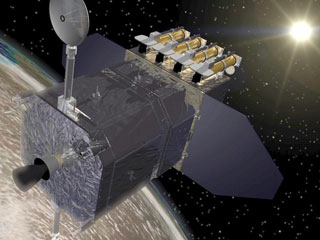
Solar Dynamics Observatory (SDO) is a satellite which studies the Sun. SDO carries several telescopes and other instruments for observing the Sun. The cameras on SDO take much better pictures than cameras
...more
The Hubble Space Telescope (HST) is really neat! It was first launched in 1990, but scientists started building it in the 1970's! We have found all kinds of objects like stars, nebulae and galaxies. The
...more
Apollo 11 was the first mission that landed a person on the moon. On July 16, 1969, the U. S. rocket Saturn 5 was launched carrying the lunar landing module Eagle. The Eagle was released and it reached
...more
Apollo 12 was launched on Nov. 14, 1969 and arrived at the Moon three days later. Astronauts Charles Conrad and Alan Bean descended to its surface, while Richard Gordon remained in lunar orbit aboard the
...more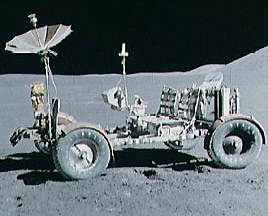
Apollo 15 marked the start of a new series of missions from the Apollo space program, each capable of exploring more lunar terrain than ever before. Launched on July 26, 1971, Apollo 15 reached the Moon
...more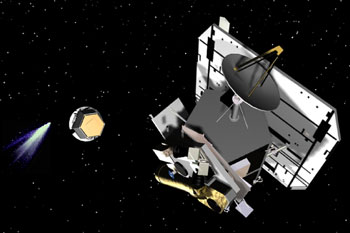
NASA chose Deep Impact to be part of a special series called the Discovery Program. This program is for cheap, scientific projects. In May 2001, NASA said it was ok to start with mission development for
...more


